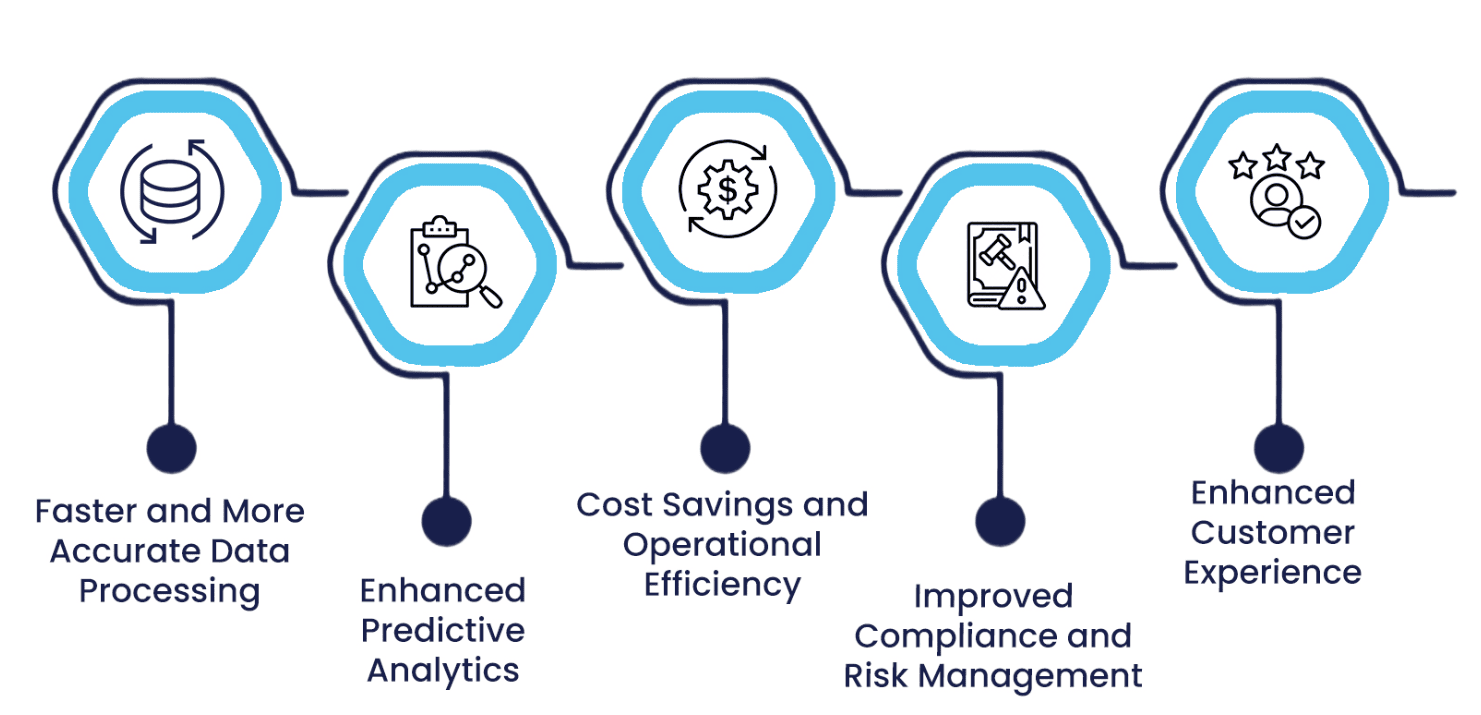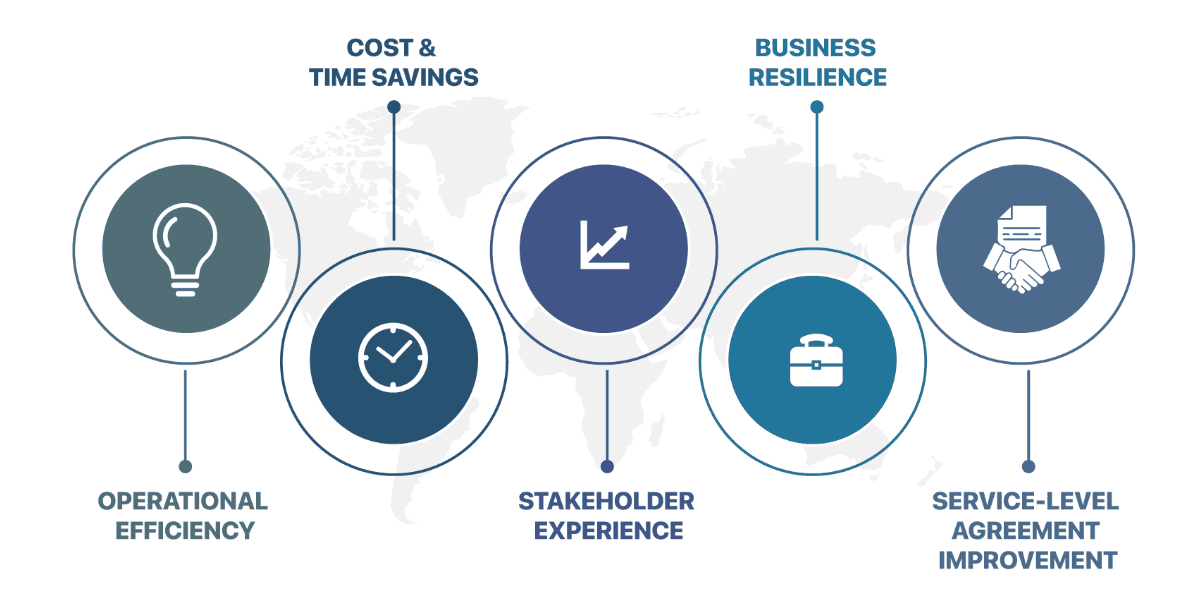
Process automation, artificial intelligence (AI), and business analytics represent the three pillars of modern digital transformation. While the narrative often champions their hyper-integration into a singular "Intelligent Automation" platform, this article posits that for the vast majority of mainstream business use-cases—particularly within Small to Mid-size Enterprises (SMEs) and specialized departments of larger organizations—a decoupled, modular implementation strategy provides a faster, more cost-effective, and higher-certainty path to achieving crucial operational improvements. This strategic independence allows businesses to select the right tool for the right job, achieving quick wins with core automation before committing to the complexity and overhead of full AI integration.
Deconstructing the Myth of Mandatory Integration
The term "Intelligent Automation" often implies a seamless, co-dependent union where Robotic Process Automation (RPA) and AI are inseparable. However, this full-stack vision often overlooks the real-world operational realities: the existence of simple, high-volume, rules-based tasks that can be fully optimized by standalone Process Automation alone. Similarly, many critical business decisions are driven by retrospective Analytics, which requires sophisticated data visualization rather than real-time AI intervention.
The core argument presented here is that by isolating the functional scope of each technology—Automation (the 'Doing'), AI (the 'Thinking' on unstructured data), and Analytics (the 'Measuring')—businesses can achieve superior initial ROI and a far more manageable implementation path. The Zoho suite, with its focused tools like Zoho Flow (for process orchestration), Zoho Creator (for low-code custom automation), Zoho Analytics (for business intelligence), and the AI assistant Zia, perfectly embodies this philosophy of modular power.
The Foundation of Uncoupled ROI
Process Automation, often implemented through Robotic Process Automation (RPA) or Digital Process Automation (DPA), is defined by its rule-based, deterministic nature. Its primary value proposition lies in flawlessly executing high-volume, repetitive tasks that involve structured data and clear, predefined steps. Crucially, the majority of administrative, financial, and logistical processes in mainstream business—such as data entry, invoice processing, scheduled report generation, and system-to-system data transfer—fall into this category, requiring zero AI intervention to deliver significant ROI.
User Interaction Automation (UIA) is defined as the utilization of software systems and intelligent algorithms to execute, monitor, and manage structured and unstructured interactions between a business and its external or internal users, minimizing or eliminating the need for direct human agent involvement. This term is distinct from general Business Process Automation (BPA) as its focus remains intensely on the user-facing layer, specifically within self-service environments.
A. Nomenclature and Definitional Components
The topic requires precise terminology to differentiate between various facets of automation and service delivery:
Self-Service Portal (SSP): A secure, customized web-based interface that grants external users (customers, vendors, partners) or internal users (employees) regulated access to organizational data, resources, and transactional capabilities. In the Zoho ecosystem, SSPs manifest primarily as Zoho Desk Help Centers, Zoho CRM Customer/Partner Portals, and Zoho Creator Applications.
User Interaction Automation (UIA): The orchestration layer that governs the logic within the SSP. This includes automated ticket routing, knowledge base search indexing, sentiment analysis of user input, automated document generation (e.g., invoices, quotes), and proactive information dissemination.
Hyperautomation: A holistic business strategy (as defined by industry analysts) that involves the end-to-end automation of processes using a combination of tools, including AI, Machine Learning (ML), RPA, and Low-Code platforms. Zoho’s strength lies in its ability to facilitate hyperautomation through the seamless integration of applications (e.g., Zoho Desk triggering actions in Zoho Books via Zoho Flow).
Agentic AI in UIA: The most advanced form of UIA, where the system (e.g., Zoho Zia) is capable of proactive, autonomous decision-making. Instead of merely answering a question, Agentic AI in a self-service context anticipates a need (e.g., predicting a customer is about to churn or needs an upgrade based on portal activity) and initiates a relevant automated workflow without explicit command.

Zoho's architecture champions this standalone approach by providing highly capable, dedicated tools:
Zoho Flow: This dedicated workflow automation service is designed to connect cloud applications and automate data transfer based on simple triggers and actions. Its core value is pure Integration and Orchestration, which does not inherently require machine learning. The bug fixes in the recent update, focusing on stable flow selection and schedule triggers, confirm its role as a robust, non-cognitive backbone.
Zoho Creator: As a low-code platform, Creator is the engine for custom DPA. Users build bespoke applications and workflows (Blueprints) to digitize paper processes or automate multi-step tasks. The recent update to simplify form creation for C5 users exemplifies its focus on enabling business users—not data scientists—to build and deploy efficiency tools quickly, achieving process automation independent of deep AI models.
The Independent Utility of AI Solutions
The second pillar, Artificial Intelligence, shines brightest when dealing with tasks that are non-deterministic, involve unstructured data, or require cognitive abilities like reasoning, prediction, and natural language understanding. While integrating AI into a full automation pipeline (Intelligent Automation) is powerful, many high-value AI use-cases can and should be deployed as standalone services that augment human workers, without being directly coupled to a process bot.
Uncoupled AI for Cognitive Augmentation
Consider a compliance department: an AI model is tasked with reviewing newly signed contracts for a specific clause. This is a cognitive task (document understanding) but the subsequent process (archiving or flagging) is simple automation. Using a dedicated AI service, such as the capabilities within Zoho's Zia, to perform sentiment analysis on support tickets or to extract key data from unstructured emails, provides value that is immediately useful to a human agent, without needing a full end-to-end bot-driven process. The AI output is the value; the action taken is manual or simple automation.
usiness Analytics and Business Intelligence (BI) platforms are often the starting point for digital transformation, not the culmination of a hyper-integrated stack. Analytics, the third pillar, is primarily concerned with retrospective analysis to drive strategic decisions and identify areas for future automation. This function is inherently separate from the real-time execution of Process Automation or the cognitive output of AI models.
Uncoupled Analytics for Strategic Decision-Making
A business may use a BI tool to discover that a specific process takes 40% longer in the Western region compared to the East. This discovery (Analytics) then triggers a Process Automation initiative (the solution), but the two functions are not coupled in execution. The Analytics platform performs its critical role—providing the insight—independently.
Zoho Analytics: A Strategic Standalone Platform
The recent updates to Zoho Analytics in September 2025 underscore its commitment to operating as a powerful, standalone BI platform:
Gantt Charts and Expanded DB Integrations: The introduction of native Gantt charts for project tracking and the integration with databases like Cassandra, SAP HANA, and ClickHouse are features focused on data visualization, aggregation, and connectivity. These enhancements serve strategic planners and analysts directly, providing tools for project oversight and big data management before any action is automated or enhanced by AI.
Inventory Reports in Zoho Books: The July 2025 update for Shipment Details Report and the ability to Customize columns on the Purchase Receives list in Zoho Books are forms of embedded, domain-specific analytics. Their purpose is to provide clarity on logistics, enabling human-driven decisions like restocking (which can later be automated via the Replenishments feature—a classic DPA function). The insight precedes the automation.

A fully integrated intelligent automation system creates significant points of failure. If the AI model fails to classify an invoice correctly, the RPA bot may halt the entire payment process. In a decoupled model, the initial process automation handles 80% of invoices smoothly. The remaining 20% that require cognitive intervention are flagged for human review or sent to a separate, dedicated AI service. This approach ensures the core process (the 80%) remains fast and reliable, mitigating the catastrophic failure risk inherent in highly coupled systems. This phased adoption allows companies to "level up" their automation maturity incrementally, adding complexity only when the core business processes are stable and the ROI justification is clear. The recent enhancements across the Zoho suite perfectly illustrate the power of the decoupled, modular approach. Zoho is not forcing a single, monolithic, AI-dependent platform; it is offering a set of best-in-class, interoperable tools that can be deployed independently for maximum focus and ROI.
For mainstream businesses prioritizing predictable, rapid ROI and manageable implementation complexity, the decoupled approach to Process Automation, AI, and Analytics is not a limitation—it is a strategic advantage. By leveraging the modular strength of platforms like Zoho, companies can achieve immediate operational savings through targeted Process Automation (Zoho Flow/Creator), introduce cognitive capabilities via Standalone AI services (Zia) only where needed to handle unstructured data, and use powerful Analytics (Zoho Analytics) to independently guide their long-term strategy.
This modularity offers higher deployment certainty, lower initial cost, and a clearer ability to measure the isolated value of each technology. The path to "Intelligent Automation" should be an evolutionary journey, not a mandatory, high-risk, all-at-once project. Erphub is positioned to help your business make this smart, phased transition, ensuring you get the highest possible return from the right tool at the right time.

